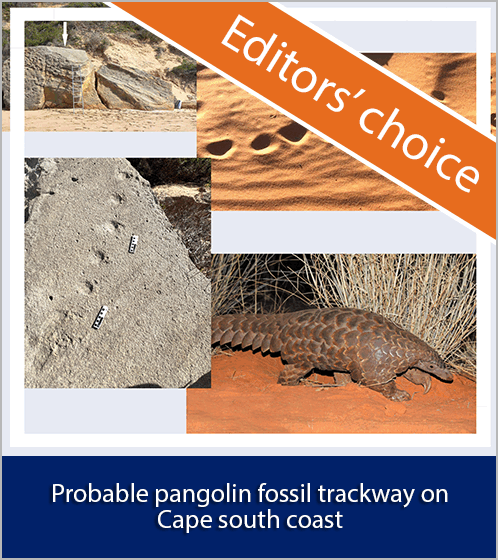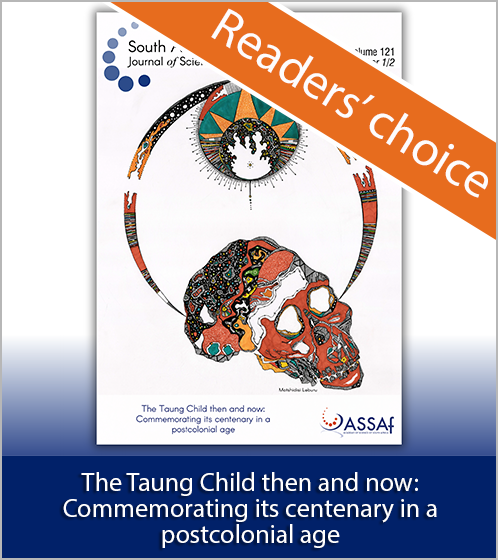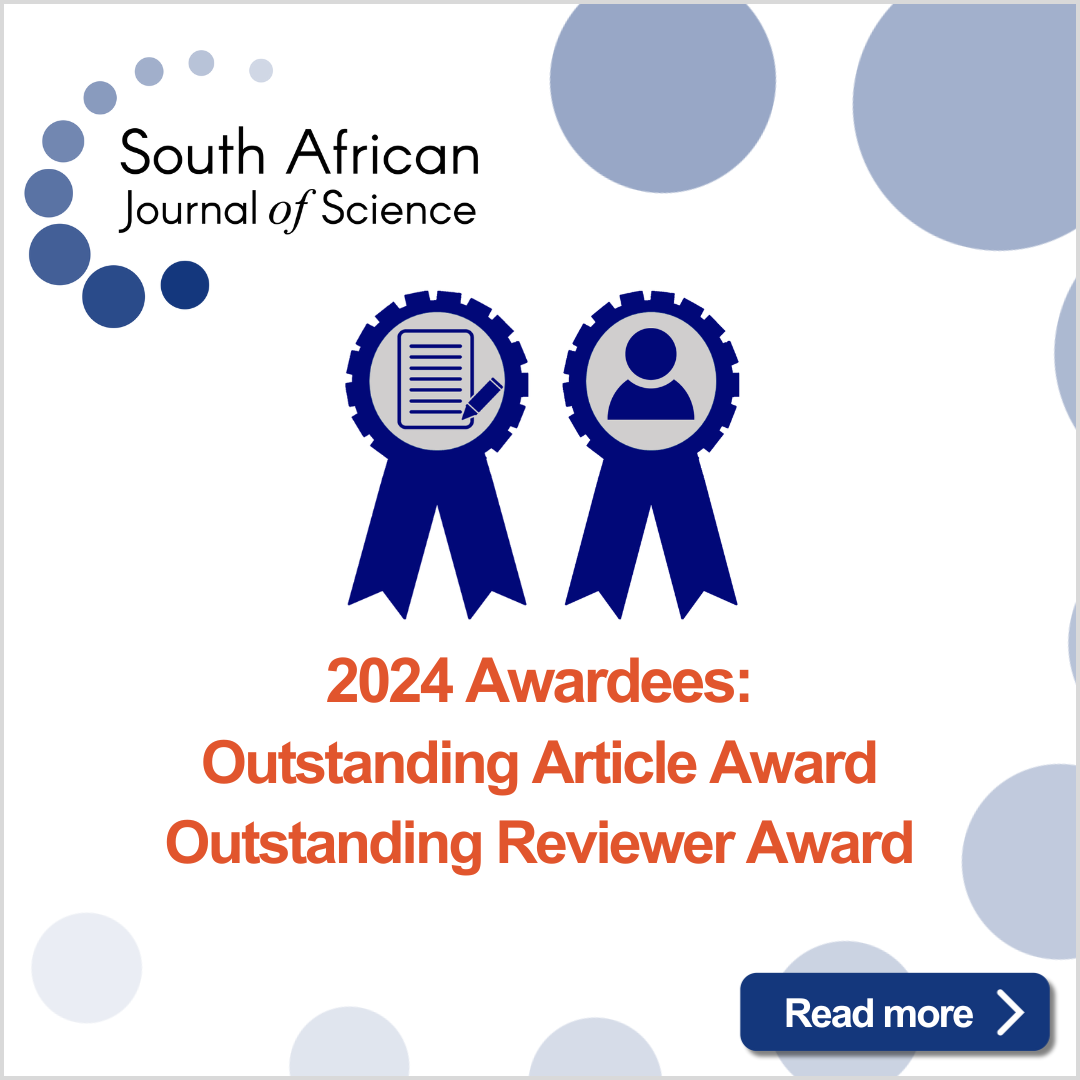Designing an ideal essential oil combination nanoemulsion formulation for the management of respiratory tract infections
DOI:
https://doi.org/10.17159/sajs.2025/16668Keywords:
antimicrobial, combination, essential oil, nanoemulsion, respiratory infections, SynergyFinderAbstract
Essential oils are well studied for their antimicrobial effects; however, blends extending to formulations are rarely scientifically explored. In this study, we aimed to quantify and optimise the synergy of an essential oil blend by means of computational interpretation in order to create a nanoemulsion formulation ideal for use against respiratory tract pathogens. The nanoemulsion blend consisted of essential oils from Hyssopus officinalis var. angustifolius in combination with Salvia rosmarinus var. angustifolius. The prediction tool SynergyFinder (Version 2.0) was implemented to determine optimal synergy blends. According to the synergy maps derived, an optimal blend of these two essential oils is composed of 49.57% of H. officinalis and 50.43% of S. rosmarinus. This optimised blend was then formulated into a nanoemulsion, using the two-component, self-emulsification technique. The essential oil nanoemulsion showed strong in vitro antimicrobial activities against pathogens of the respiratory tract including Streptococcus pneumoniae (ATCC 49619), Haemophilus influenzae (ATCC 19418), Klebsiella pneumoniae (ATCC 13883) and Moraxella catarrhalis (ATCC 23246), with an average six-fold improvement in antimicrobial effect when compared to the neat essential oils. The blended H. officinalis and S. rosmarinus essential oil nanoemulsion therefore holds potential to be developed as a natural antimicrobial agent for the management of respiratory tract infections.
Significance:
This study holds significance as it goes beyond the use of single essential oils to explore the effect of essential oil blends for synergistic potential. By leveraging computational tools, we have optimised the combination of Hyssopus officinalis and Salvia rosmarinus oils for a potent antimicrobial effect. The subsequent creation of a nanoemulsion formulation enhances the stability and bioavailability of these oils and remarkably causes them to exhibit six-fold greater antimicrobial efficacy against respiratory pathogens when in formulation than as individual oils. As antibiotic resistance looms, this natural remedy offers a promising alternative for managing respiratory infections. In bridging the gap between theory and practice, this research contributes to essential oil science, potentially shaping future antimicrobial strategies.
Downloads
Published
Issue
Section
License

All articles are published under a Creative Commons Attribution 4.0 International Licence
Copyright is retained by the authors. Readers are welcome to reproduce, share and adapt the content without permission provided the source is attributed.
Disclaimer: The publisher and editors accept no responsibility for statements made by the authors
How to Cite
- Abstract 275
- PDF 301
- EPUB 74
- XML 73
- Supplementary material 138
Funding data
-
National Research Foundation
Grant numbers 121922 -
University of the Witwatersrand, Johannesburg












.png)